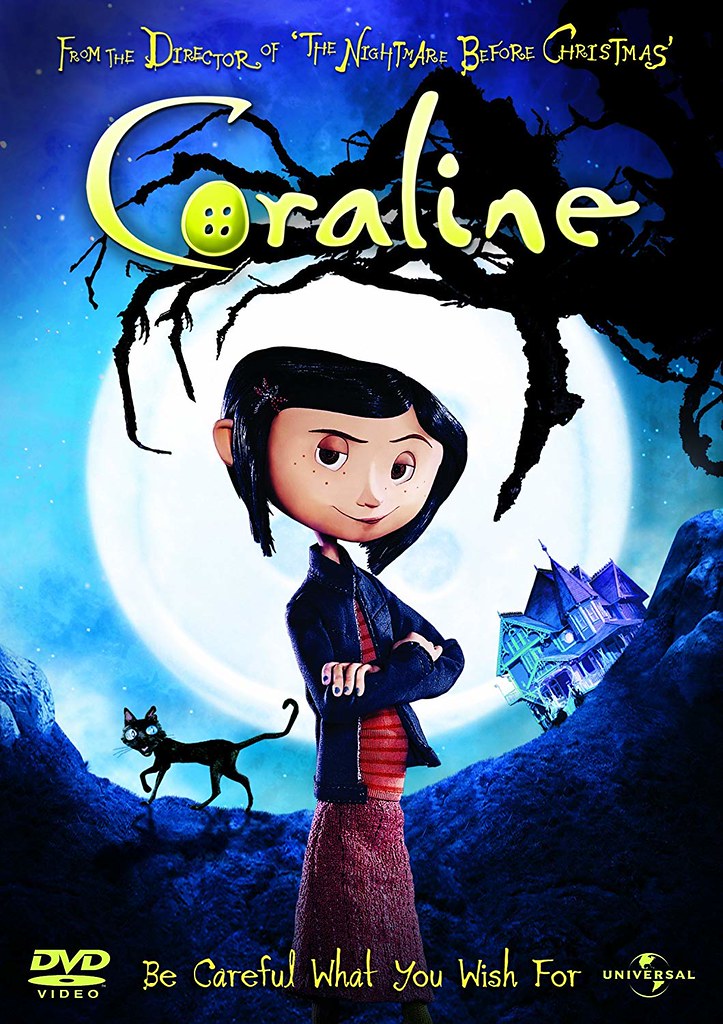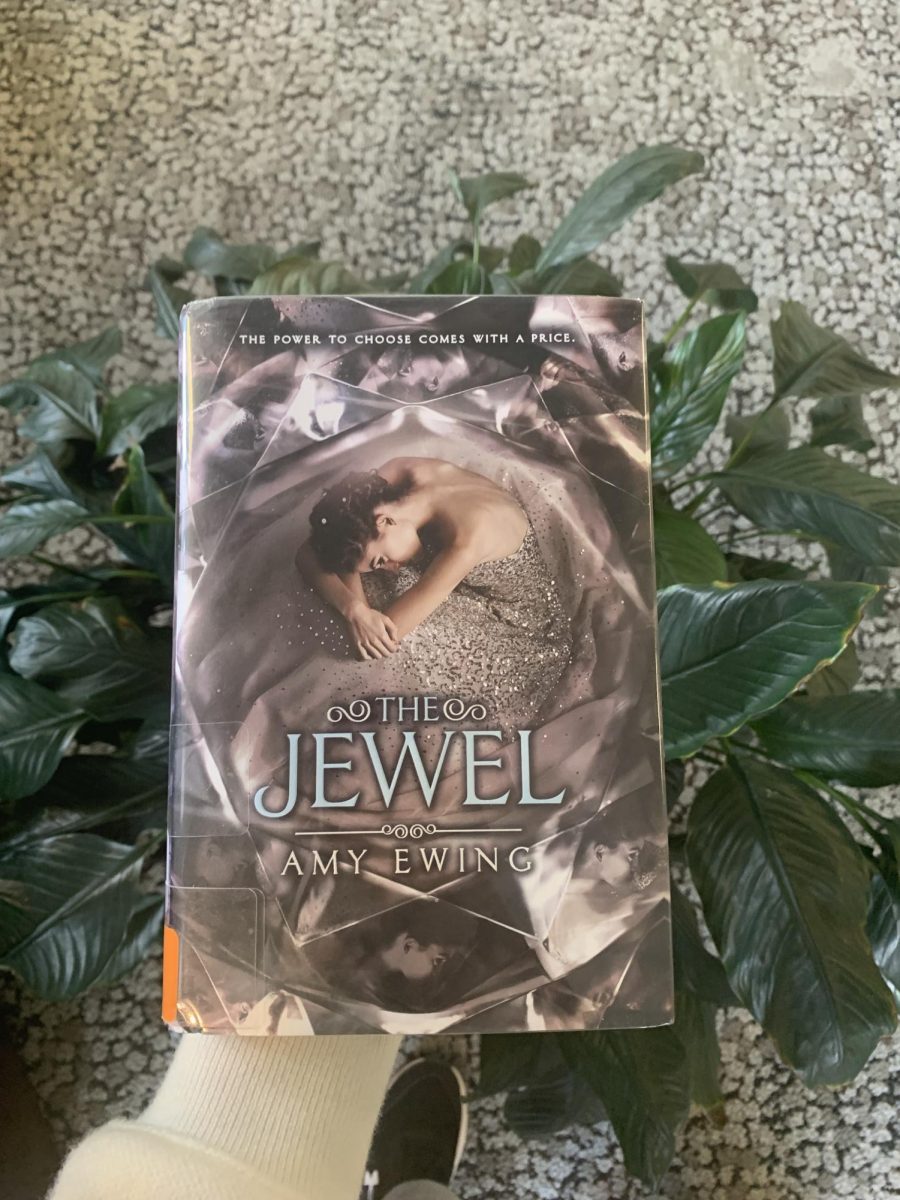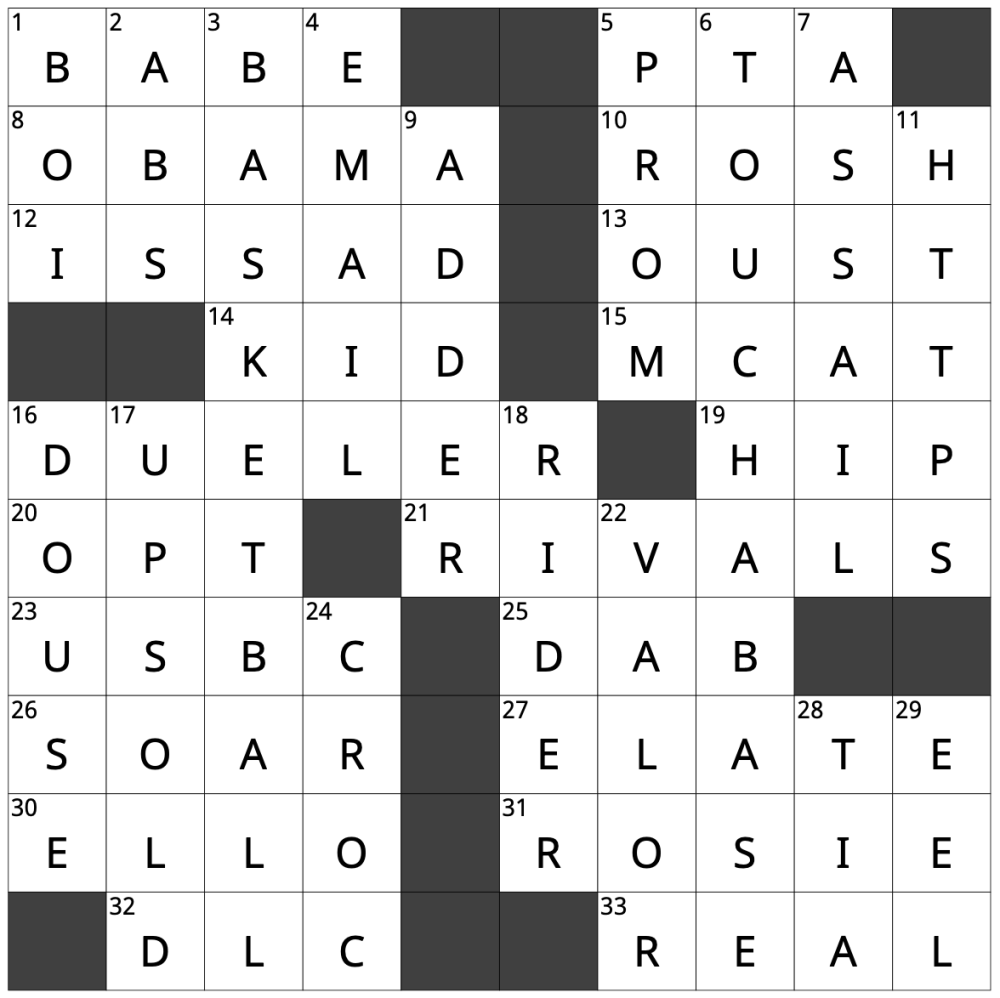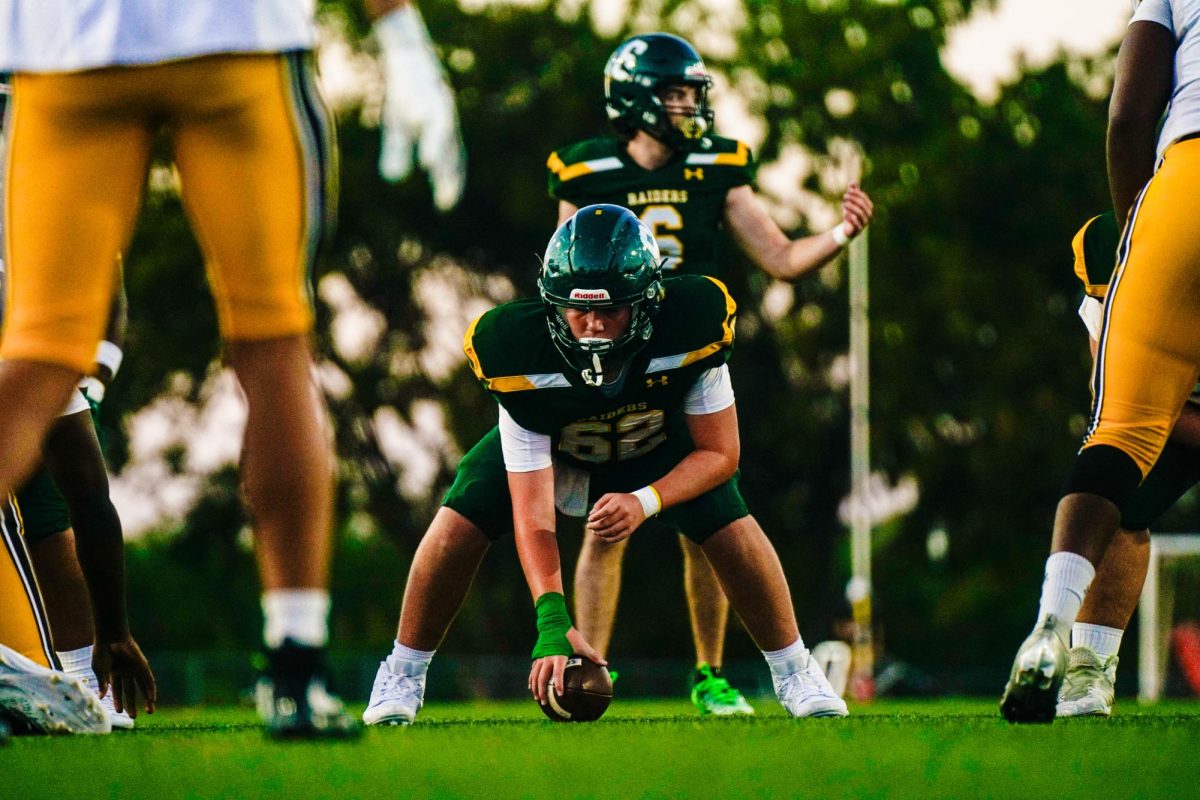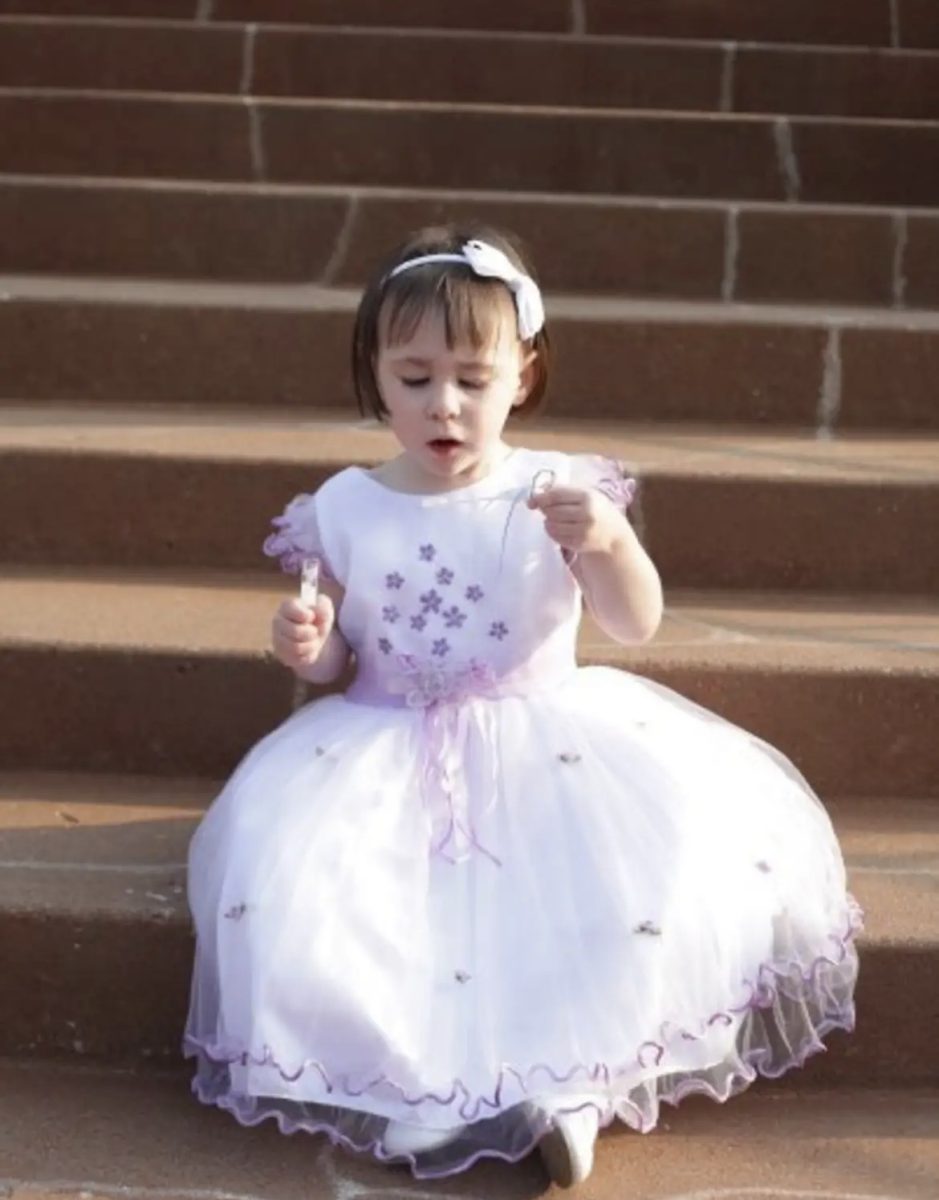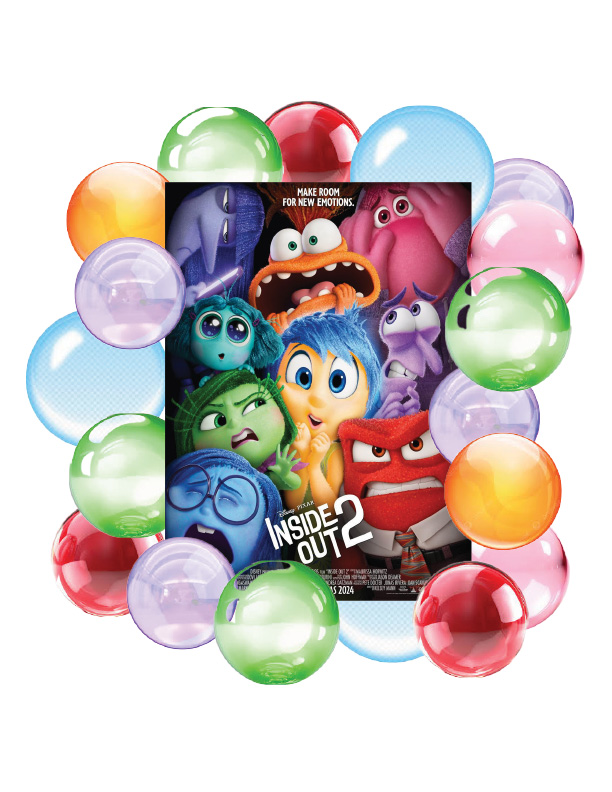“Coraline” is a movie that most people remember from the nightmares it gave them as a kid. The film follows a rebellious, blue-haired girl named Coraline who’s looking for means of entertainment after moving to a new state. While exploring her new house, Coraline stumbles upon a little door in the drawing room that takes her to a fantastical copy of her world. In the other world everything is better–the food, the clothes, the people. Coraline becomes infatuated with the wonders her other mother shows her and it doesn’t cross her mind to be wary of a lady in her walls until she tells her she can stay forever, so long as she lets her sew buttons into her eyes.
The movie is an adventurous and vibrant telling of Neil Gaiman’s “Coraline” that conveys a theme of bravery and thankfulness. Many people have seen and enjoyed the movie, but not many have taken the time to read the book. Although it’s a children’s book, there are some much darker and interesting themes in Gaiman’s telling, as opposed to the movie.
In the book, not only is the other mother’s appearance described in an off-putting way, but the whole other world gives Coraline a sense that something is wrong from the very beginning. Despite the notorious button eyes, the other mother resembles Coraline’s real mother in a crude, distasteful way. Her skin is chalky and pale, her fingers are unnaturally long with sharp red nails, and her inky black hair moves wispily as if it’s being blown in the wind.
The circumstances of the neighbors are quite demented as well. In the bottom flat of the Pink Palace, the residents, Mrs. Forcible and Mrs. Spink, are condemned to act out Shakespeare plays in their theatre forever. As for the other neighbor, Mr Bobinski, rather than having an amazing jumping mouse circus like in the movie, he shows up in Coraline’s room with his rats.
In addition to the cat who can talk while in the other world, in the book, all of the other animals can speak too. In the theatre, Coraline talks with one of the dogs briefly and throughout the book the mice will chant uninviting rhymes. The sassy black cat is a prominent character in the book too, though he is more standoffish, he’s twice as clever and insightful when answering Coraline’s questions. If you’ve watched the movie, you’ve probably noticed that the cat is never referred to with a proper name until closer to the end when the other mother refers to him as “vermin.” His lack of a name isn’t due to forgetful writing, it’s actually covered in the book when Coraline asks the cat what his name is and he tells her that cats don’t need names because they know who they are.
Much of the dialogue from the movie is true to the book, it’s just more concise. As well as the shortened conversations with the cat, the other mother says some alarming things that aren’t included in the film. Before Coraline sets out to do the other mother’s scavenger hunt, Coraline makes her swear that she’s being truthful about all the conditions of the game. The other mother then swears on her mother’s grave and when Coraline challenges the authenticity of her promise the other mother replies “I put her there myself, and when she tried to get out, I put her back in.”
Later during Coraline’s hunt for the missing eyes of the ghost children, the other mother gives her a key to the empty flat in the house. While exploring the barren flat, Coraline comes across a hefty trap door in the floor that, upon lifting, releases a reeking scent of vinegar and clay. Descending into the room, her eyes quickly caught on a pile of crumpled papers that swells and deflates as if something beneath them is breathing. When she tries to get a better look, a melting copy of her father emerges from the papers, moaning and rambling from his disfigured mouth. Coraline narrowly escapes.
There are plenty of other differences in the book that weren’t brought into the movie, like how Coraline is home alone for days and even walks to the market on her own after the other mother takes her parents. The character Wybie was also completely made up for the movie to move the story along without having Coraline talk to herself all the time. Henry Selick changed a decent amount of aspects of Coraline’s original story and although said changes were made for the palatability of the film, it’s definitely worth it to take a look at the book.

